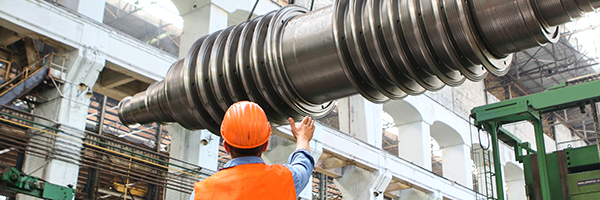The Labor Department reported Friday that its producer price index—which tracks inflation before it reaches consumers—rose 0.3% from December to January. The index had dropped -0.1% in December. Measured year over year, producer prices rose by 0.9% in January.
But the month to month increase in producer prices and at a higher month to month rate is the latest sign that getting inflation the “last mile” down to the Federal Reserve’s 2% target rate is going to be harder and take longer than expected.
Excluding volatile food and energy costs, core wholesale prices rose 0.5%, the most since last July. Compared with a year ago, core prices climbed 2%, up from 1.7% in the previous month.
Some of the January rise in producer prices was driven by quirks in this month’s data. Those include an increase in the cost of financial management services, which jumped 5.5% from December to January. Many companies in all sectors impose price increases early in the calendar year, which often boosts overall inflation measures in January.
Some of Friday’s data will have a relatively long life since it is used to calculate the Fed’s preferred price measure, the Personal Consumption Expenditures (PCE) index. In the second half of 2023, the PCE showed that prices rose at just a 2% annual rate, matching its inflation target.
But after Friday’s release of wholesale prices, economists are predicting that when core prices in the PCE are reported at the very end of February, they will have jumped by as much as 0.4% or 0.5% in January.


